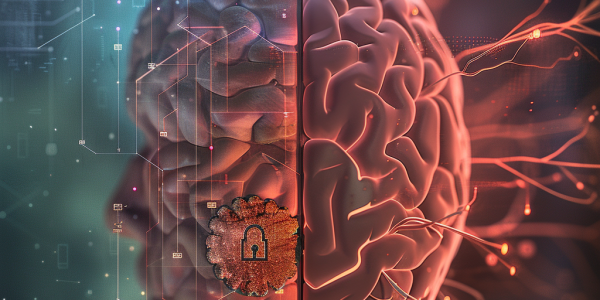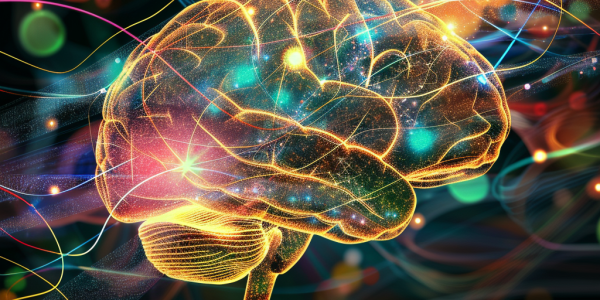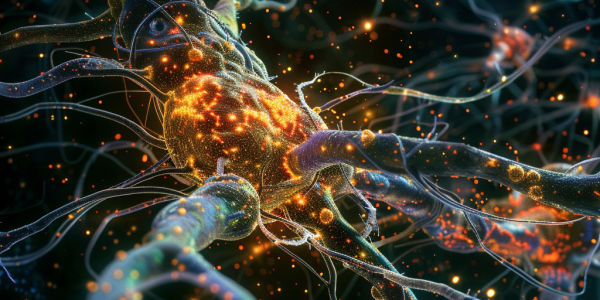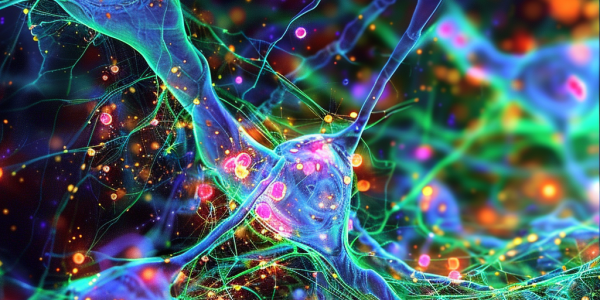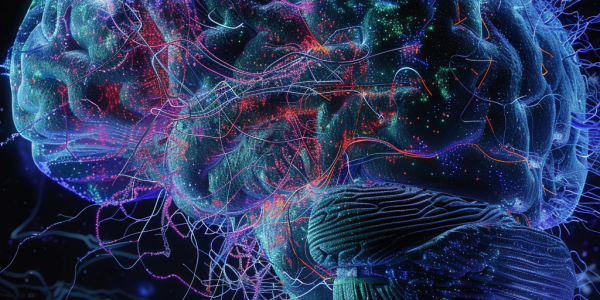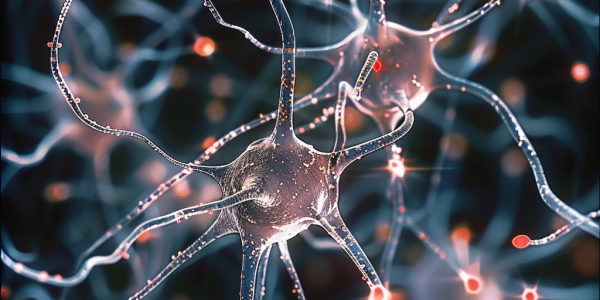New Research Unveils How the Brain Recognizes Patterns and Predicts Events
In today’s digital age, privacy is paramount as users navigate choices around cookies and personal data. A recent study published in Nature reveals insights into how the human brain detects patterns, enhancing our understanding of memory and cognitive functions. This groundbreaking research highlights the brain’s ability to predict future events based on recognized patterns, which could have significant implications for treating memory-related disorders. Discover how neuroscience is reshaping our understanding of cognition and privacy management.
UNC Research Unveils Neural Mechanisms Behind Placebo Effect in Pain Relief
Recent research from the University of North Carolina at Chapel Hill reveals new insights into the placebo effect, highlighting how expectation can significantly influence pain relief. Through innovative experiments involving mice, scientists identified key neural circuits in the brain that play a crucial role in this phenomenon. Understanding these mechanisms could revolutionize pain management strategies, emphasizing the psychological aspects of treatment and improving outcomes for patients suffering from chronic pain.
Study Reveals ACC’s Role in Reward Processing and Depression
Recent research in Nature Communications reveals how the anterior cingulate cortex (ACC) influences reward-based decision-making and its implications for clinical depression. The study finds that altered beta oscillations in the ACC may contribute to anhedonia, highlighting the region’s potential as a biomarker for mental health disorders. Understanding these mechanisms could pave the way for innovative therapeutic strategies to enhance reward responsiveness and improve the quality of life for those with depression.
Study Reveals Role of PSTN in Regulating Feeding and Drinking Behaviors in Mice
Learn about the recent study published in Molecular Psychiatry that uncovers the role of the parasubthalamic nucleus (PSTN) in regulating feeding and drinking behaviors in mice. Researchers found that PSTN neurons impact the initiation of feeding and drinking in hungry and thirsty mice, shedding light on the neural circuits involved in these behaviors.
New Study Reveals Crucial Role of Kainate Receptors in Cerebellar Synapses
Scientists at the Institute of Neurosciences and Keio University have discovered the crucial role of kainate receptors in cerebellar synapse formation. This groundbreaking research, published in Cell Reports, offers insights into designing synaptic connectors and potential therapeutic applications for neurological and neuropsychiatric conditions.
Google Researchers Complete Largest-Ever AI-Assisted Digital Reconstruction of Human Brain Tissue
Google’s Connectomics team completes the largest-ever AI-assisted digital reconstruction of human brain tissue, unveiling a groundbreaking map that offers new insights into brain complexities. The high-resolution map reveals intricate neuronal connections within just 1 cubic millimeter of brain tissue, leading to remarkable discoveries. Researchers now turn their focus to the mouse brain to unravel mysteries surrounding memory, recognition, sleep, and brain diseases. By creating comprehensive connectome maps, scientists aim to decode the complex puzzle of the human brain and advance neuroscience through innovative AI algorithms and imaging techniques.
AI Tool QDyeFinder Revolutionizes Neuron Mapping in the Brain
Kyushu University researchers have developed QDyeFinder, an AI tool revolutionizing neuron mapping in the brain. This groundbreaking technology utilizes color-coding and machine-learning algorithms to unravel intricate neuron networks, advancing our understanding of the human brain. Published in Nature Communications, the study demonstrates QDyeFinder’s ability to automatically identify and reconstruct individual neurons, offering a more efficient solution to the challenging task of neuron mapping in neuroscience.
Breakthrough Technique Reveals Unseen Features of Synaptic Organization in the Brain
Researchers have developed a cutting-edge technique for high-throughput volumetric mapping of synaptic transmission, revealing new insights into synaptic organization in the brain. The study, ‘High-throughput volumetric mapping of synaptic transmission,’ published in Nature Methods, employed a novel approach using Bessel-droplet foci for high-resolution imaging of synapses. This groundbreaking research offers valuable implications for neuroscience and beyond.
Revolutionizing Neuroscience: MIT Researchers Develop Technology for 3D Imaging of Entire Human Brain Hemispheres
Exciting advancements in neuroscience research have been made as a team of researchers from MIT successfully developed a technology pipeline for 3D imaging of entire human brain hemispheres at subcellular resolution. This groundbreaking achievement opens up new possibilities for studying the intricacies of the human brain in health and disease, offering new insights into neurodegenerative diseases like Alzheimer’s.
Neuroscience Study Reveals Link Between Oxygen Deprivation and Memory Formation
The latest neuroscience research reveals how oxygen deprivation can hinder memory formation by triggering anoxia-induced long-term potentiation (aLTP). Scientists have identified a feedback loop involving glutamate and nitric oxide that sustains aLTP, disrupting the brain’s normal memory-enhancing mechanisms. This discovery may offer new strategies for addressing memory issues in stroke patients.

